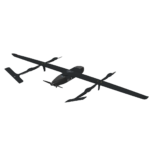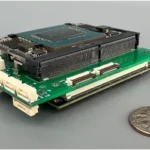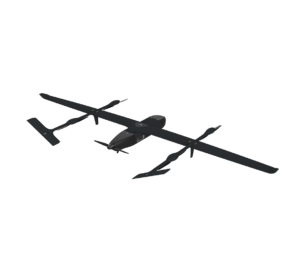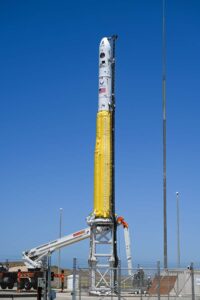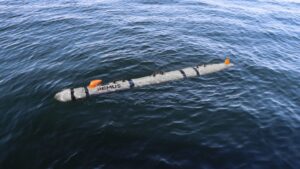
The Defense Department’s innovation arm focused on trying to bring more commercially-developed solutions to warfighters faster last year awarded more prototype contracts than ever along with a sharp increase in awarded funding versus fiscal year 2022, but fewer companies ended up with government contracts transitioning their products for potential use. The Defense Innovation Unit (DIU) spent $502.5 million on commercial companies in FY ’23 with 90 Other Transaction (OT) awards to commercial vendors, increases of 145 percent and 11 percent…

 By
By 